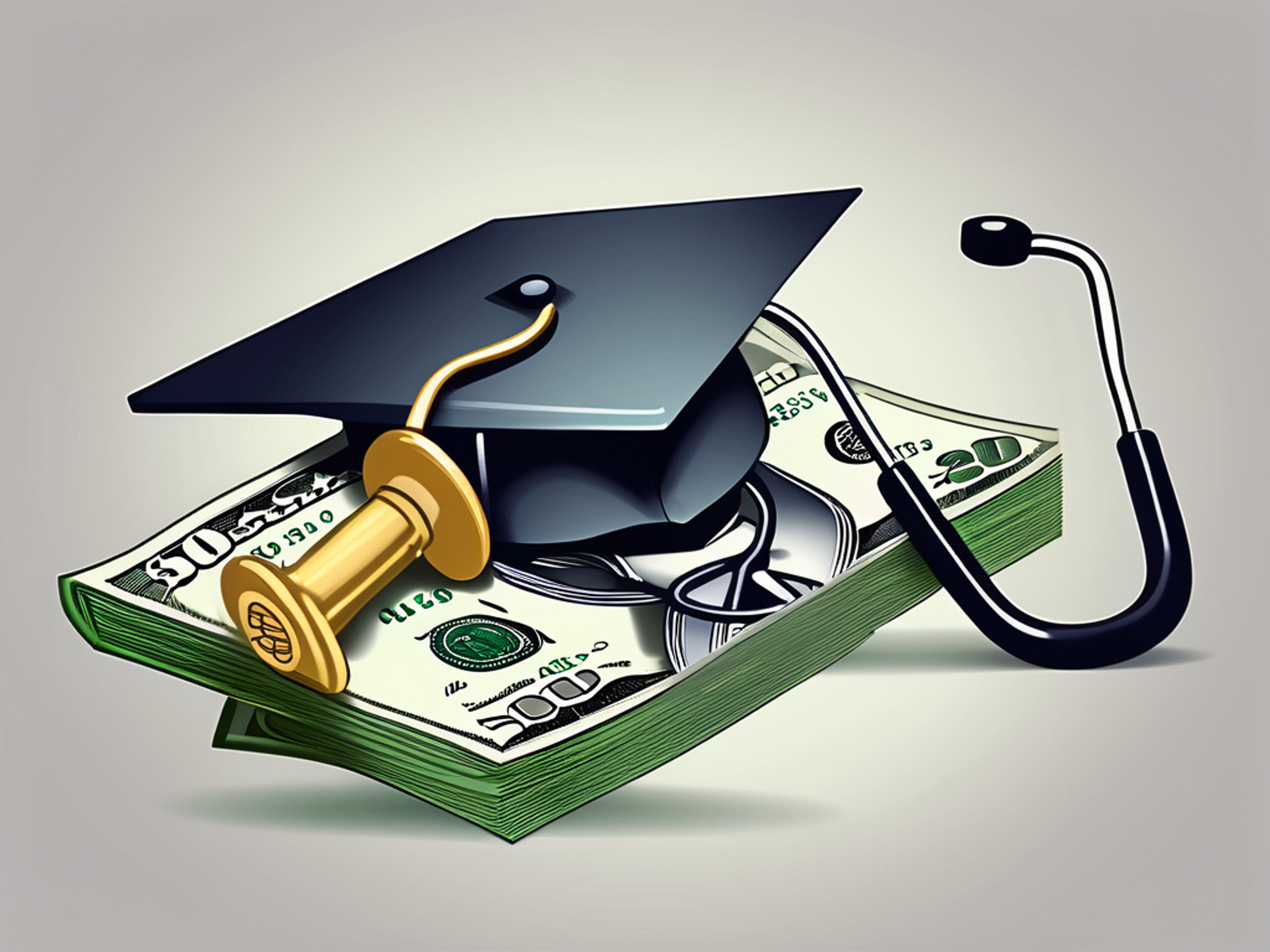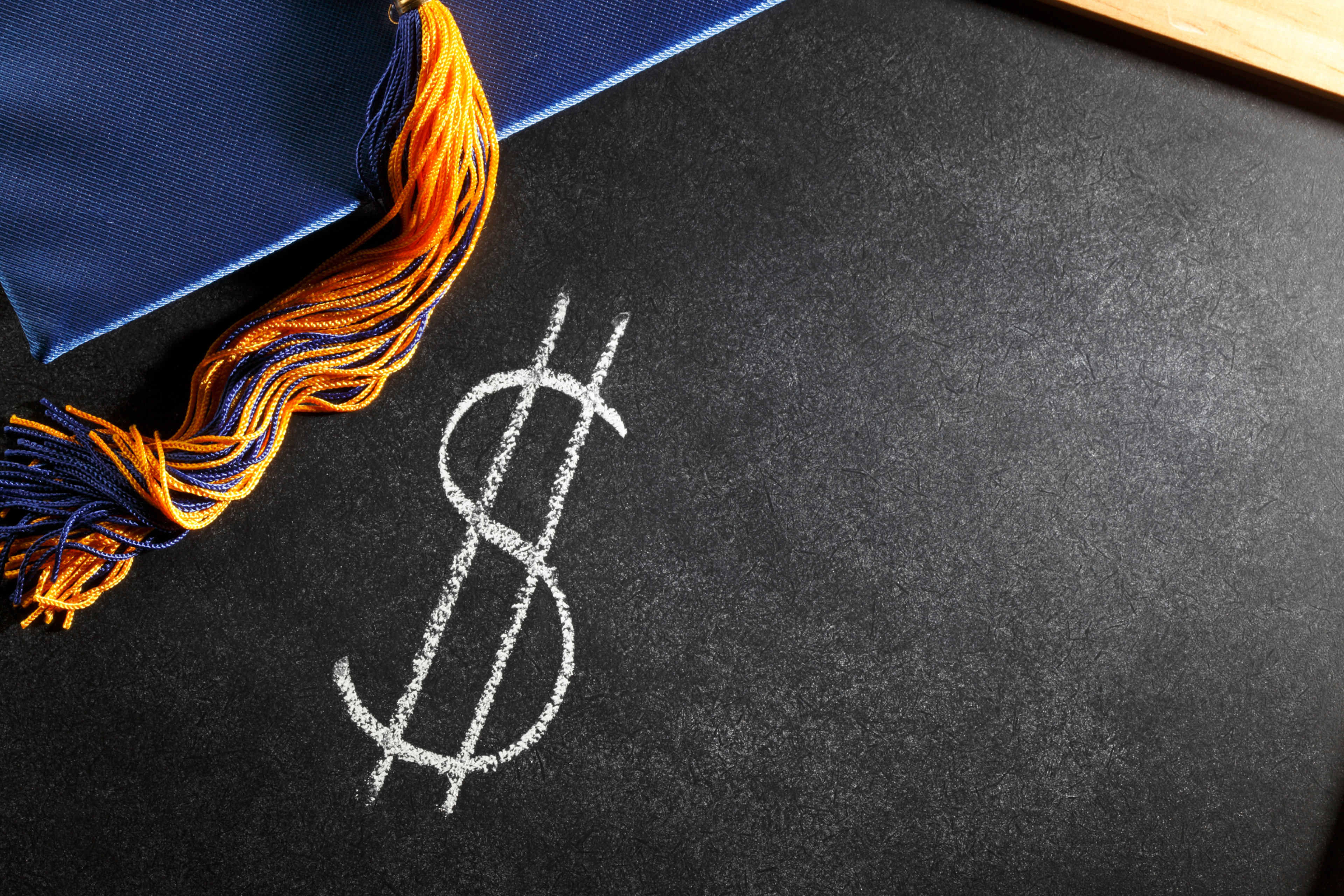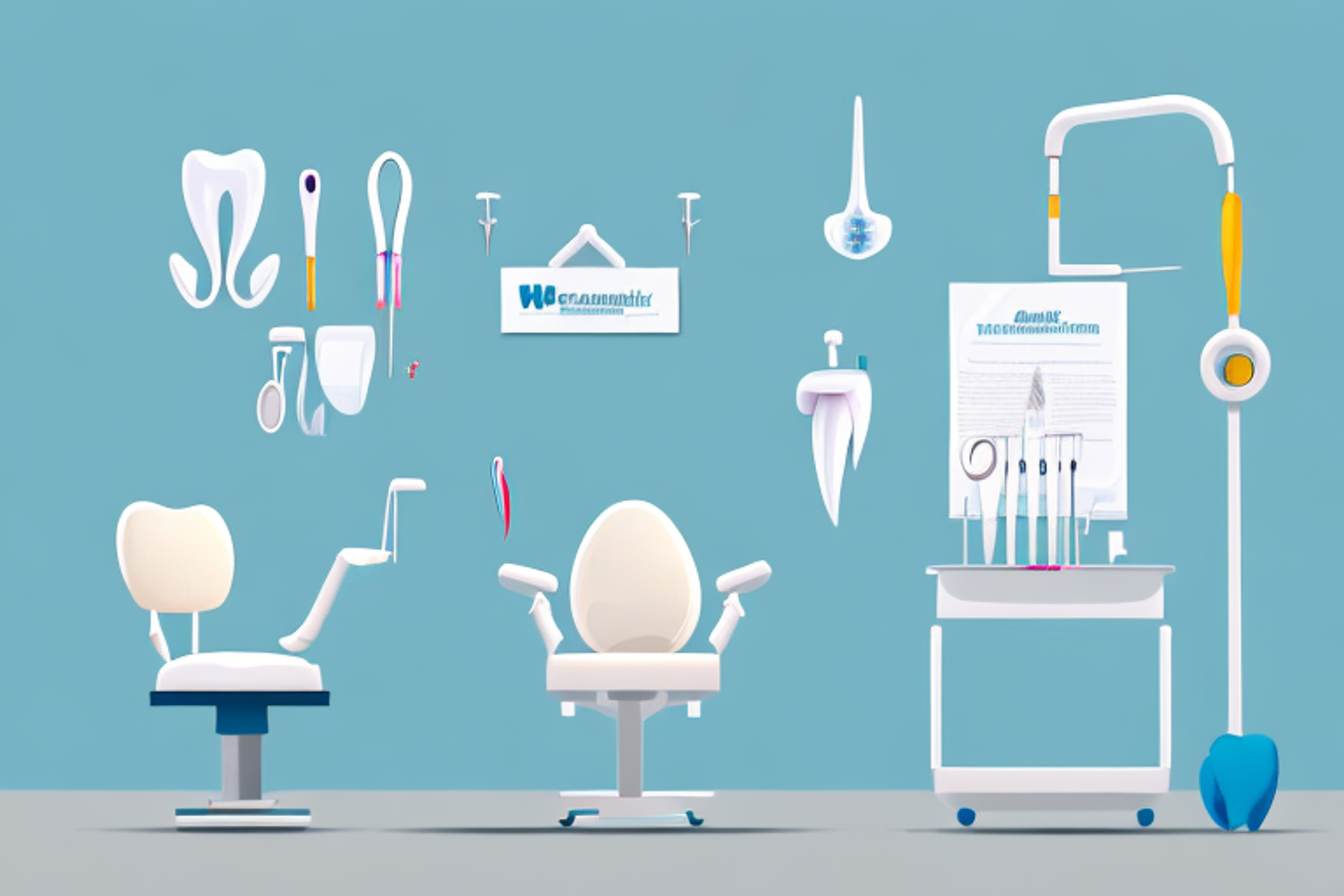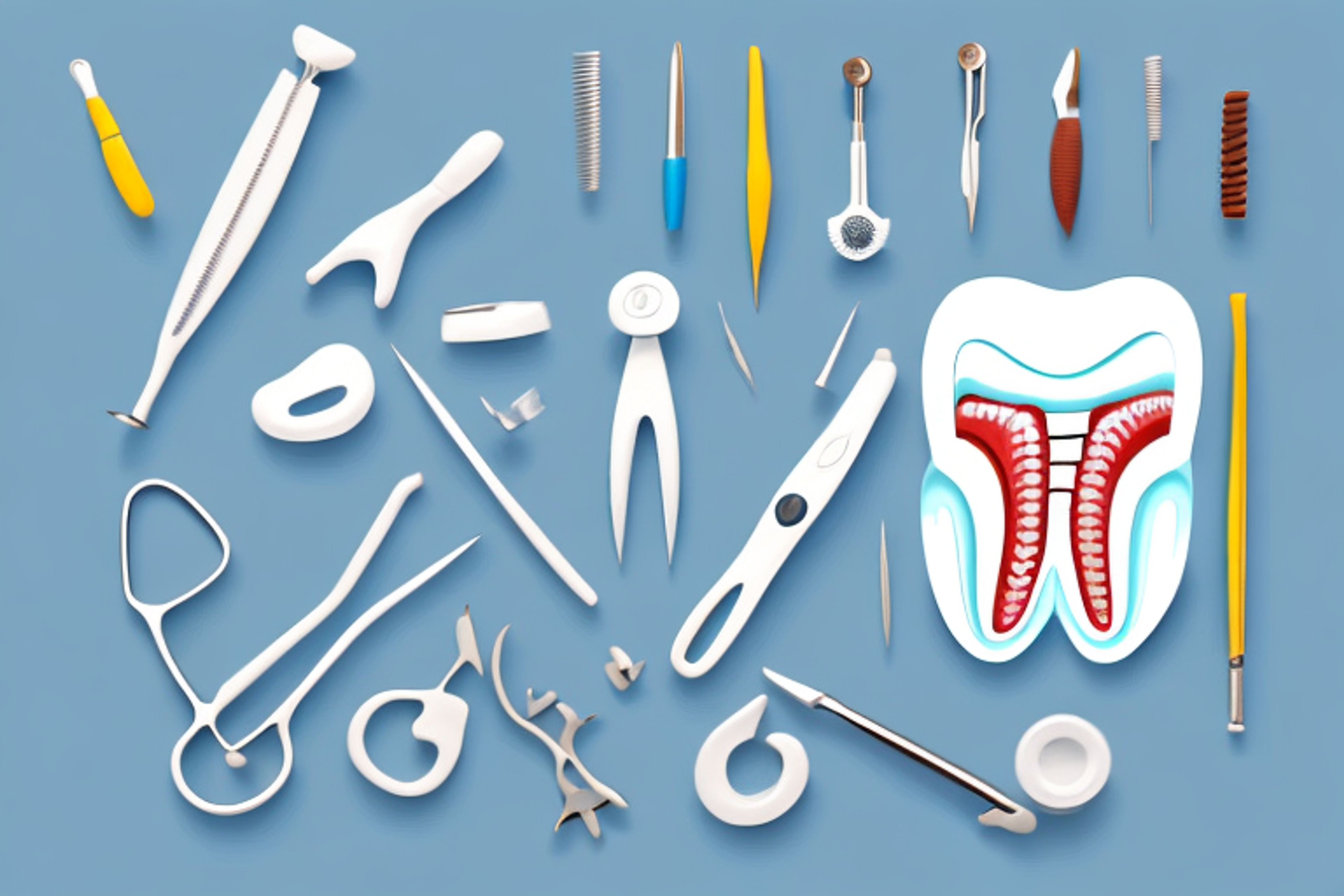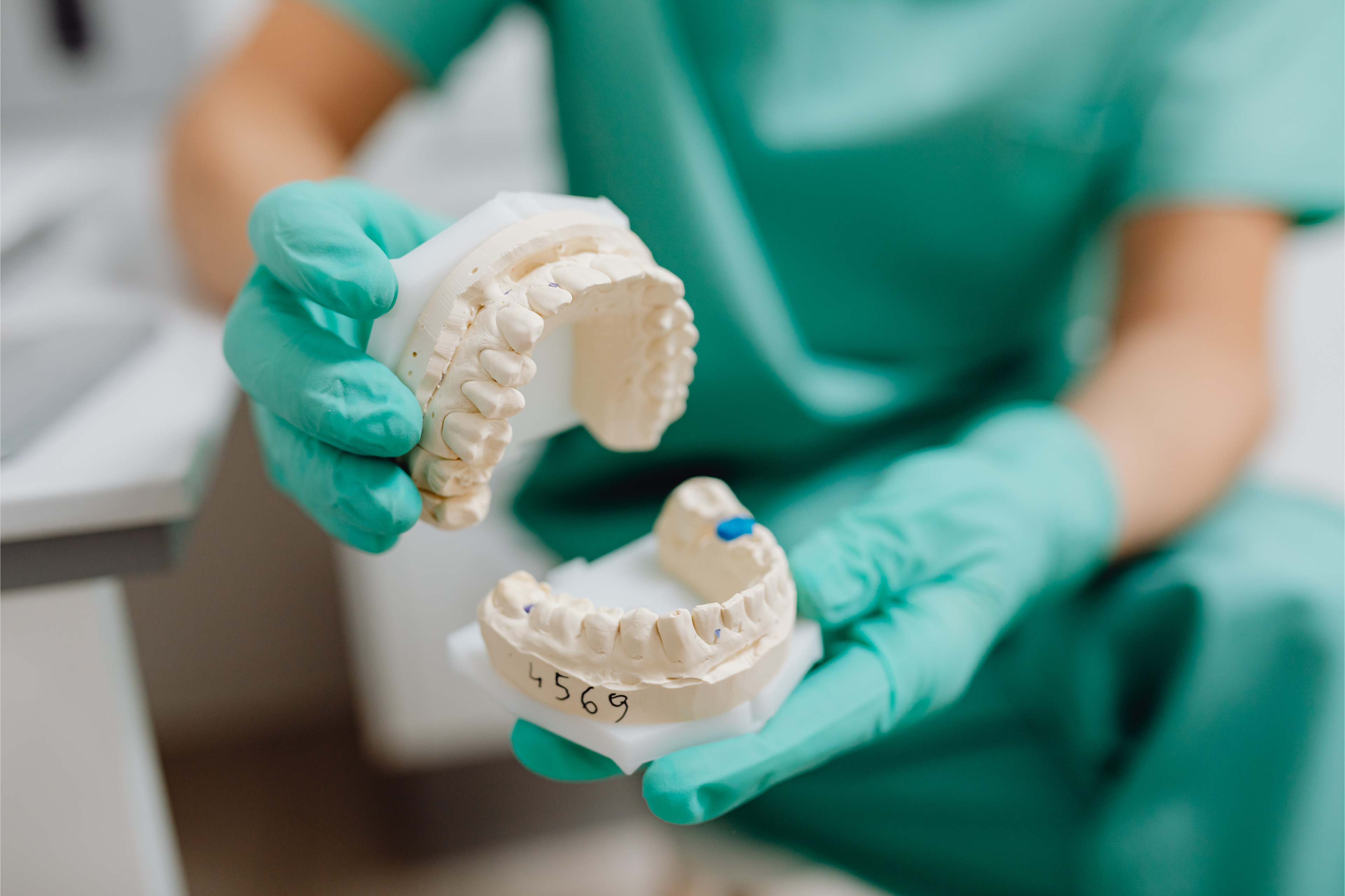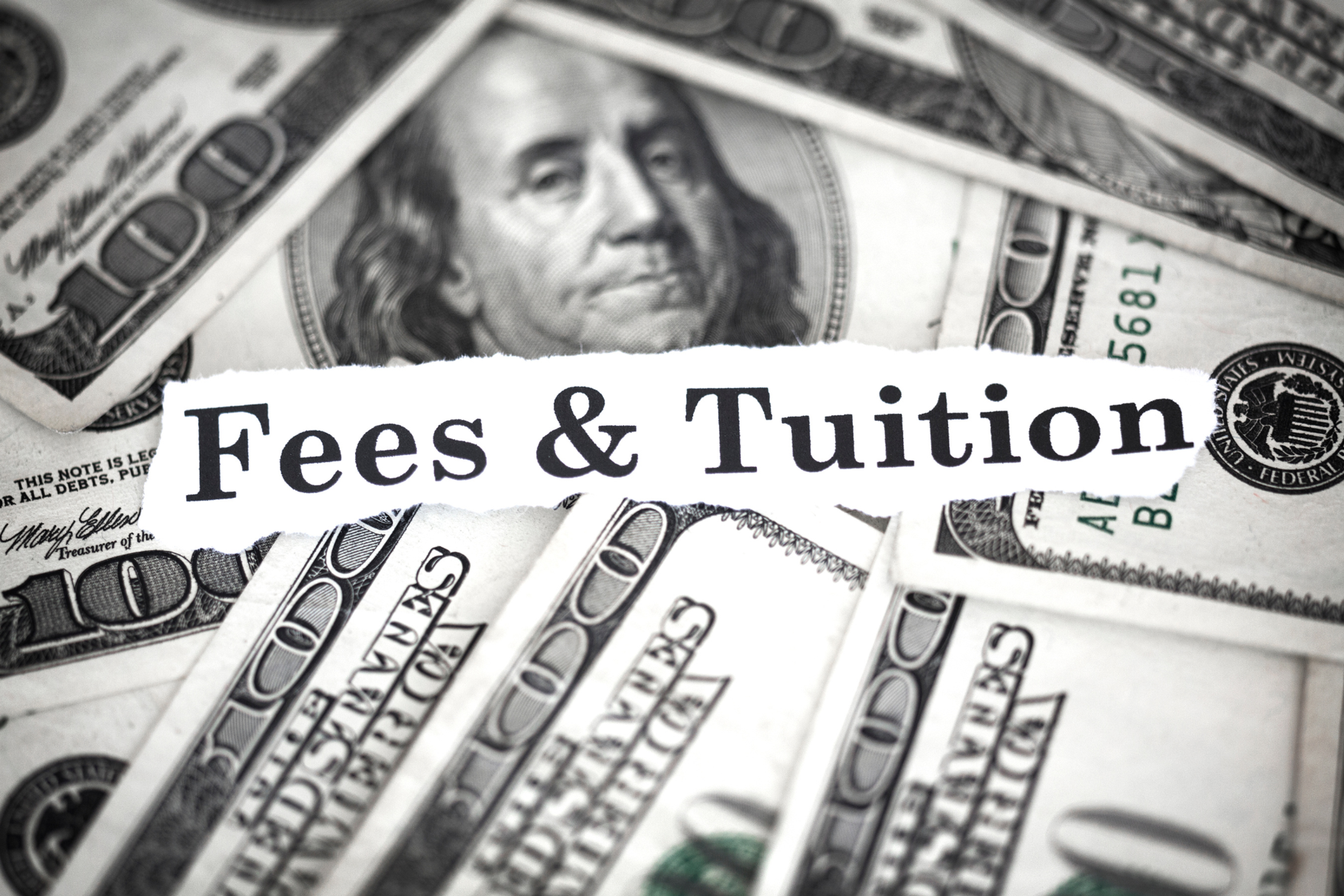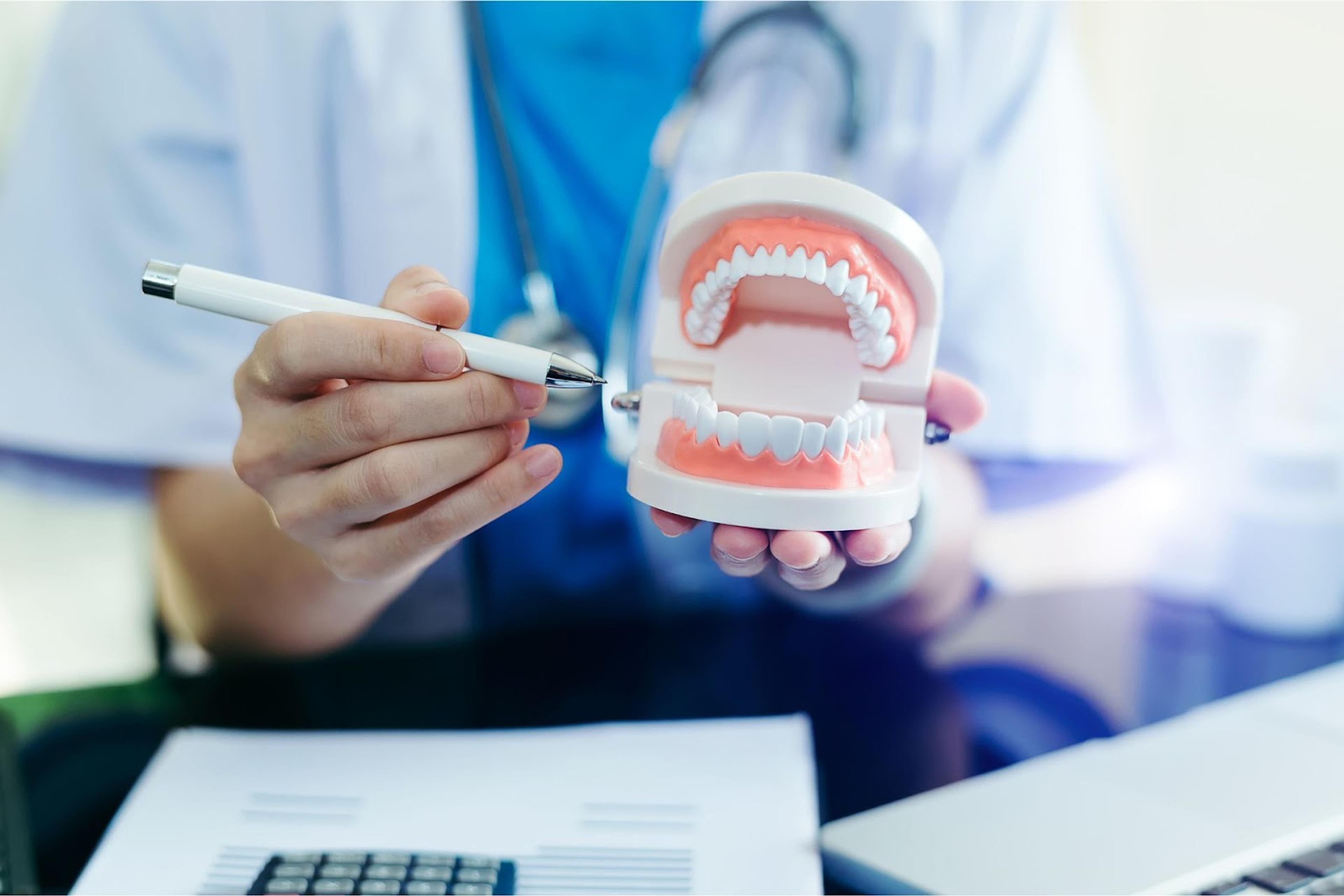How Much Does It Cost to Go to Dental School (2025)
Discover the true cost of applying to dental school with our comprehensive guide.
Posted March 26, 2025

Table of Contents
Dental school can be an expensive but rewarding investment in your future. If you’re planning to become a dentist, understanding the total cost of dental school is a crucial step in your preparation.
The costs associated with dental school vary depending on the school you attend, whether you’re an in-state or out-of-state student and your specific needs as a student. This article provides a detailed breakdown of your expenses, including tuition, fees, supplies, and living costs, to help you plan accordingly. Additionally, we will explore the educational pathways in dental medicine, including the structure of programs leading to degrees like Doctor of Dental Surgery (DDS) and Doctor of Dental Medicine (DMD).
Dental School Costs in 2025
The cost of attending dental school in 2025 varies significantly depending on factors like whether the institution is public or private and whether you qualify as an in-state or out-of-state student. For the entire program, which includes tuition, fees, and other necessary expenses paid directly to the university, total costs range between $120,000 and $424,000.
- Public schools typically charge tuition ranging from $35,000 to $65,000 per year.
- Private schools, on the other hand, tend to be more expensive, with tuition often exceeding $65,000 annually.
While private universities generally have higher total costs over four years, financial aid options like scholarships, grants, and loans can significantly ease the financial burden.
Cost Comparison
| Type of School | Annual Tuition Range | Total Cost for 4 Years |
|---|---|---|
| Public (In-State) | $35,000 - $65,000 | $140,000 - $260,000 |
| Public (Out-of-State) | The higher end of the range | The higher end of the range |
| Private | $85,000+ | $260,000 - $424,000 |
How Many Years Is Dental School?
Dental school typically takes four years to complete, according to the American Dental Education Association (ADA). In the first two years, students focus on biological sciences and the functions of the human body, including the diseases that can affect them. Key subjects include:
- Anatomy
- Physiology
- Biochemistry
- Microbiology
- Pharmacology
- Oral anatomy, pathology, and history
During this time, students also learn how to care for diverse patient populations and develop patient interaction skills. In the third and fourth years, the focus shifts to clinical work, where students gain hands-on experience through direct patient care and practice management. You'll work with various patient groups, including the elderly, chronically ill, disabled, children, and special care patients. This clinical experience ensures that dental students are well-prepared to handle any situation that may arise in their future careers.
Cost of Attendance for DMD Program (2024-2025)
The Cost of Attendance (COA) represents the maximum amount of financial aid a student can receive, as well as an estimate of the total expenses required for one year in the dental program. This includes tuition, fees, books, supplies, and allowances for living expenses. COAs are determined by the Office for Student Financial Affairs at UF, and they can provide more detailed information on how these costs are calculated.
Year 1 DMD Student
For the first year of the DMD program, the COA for both in-state and out-of-state students varies based on the semester and other specific costs. Below are the estimates:
| Expense | In-State (Fall & Spring) | Out-of-State (Fall & Spring) | In-State/Out-of-State (Summer) |
|---|---|---|---|
| Tuition/Fees | $41,720 | $68,200 | $0 |
| Books and Course Materials | $13,664 | $13,664 | $13,664 |
| Transportation | $1,660 | $1,660 | $550 |
| Living Expenses (Off-Campus) | $17,870 | $17,870 | $5,620 |
| Miscellaneous Personal Expenses | $2,350 | $2,350 | $143 |
| Federal Student Loan Fees | $320 | $320 | $160 |
| Estimated Total Budget | $77,584 | $104,064 | $10,993 |
Year 2 DMD Student
In the second year, costs for in-state and out-of-state students remain similar, but there are slight variations in book costs:
| Expense | In-State (Fall & Spring) | Out-of-State (Fall & Spring) | In-State/Out-of-State (Summer) |
| Tuition/Fees | $41,720 | $68,200 | $0 |
| Books and Course Materials | $10,134 | $10,134 | $4,255 |
| Transportation | $1,660 | $1,660 | $550 |
| Living Expenses (Off-Campus) | $17,870 | $17,870 | $5,620 |
| Miscellaneous Personal Expenses | $2,350 | $2,350 | $143 |
| Federal Student Loan Fees | $320 | $320 | $160 |
| Estimated Total Budget | $74,054 | $10,728 | $10,728 |
Year 3 DMD Student
In the third year, book and course material costs are slightly reduced, while transportation and living expenses remain steady.
| Expense | In-State (Fall & Spring) | Out-of-State (Fall & Spring) | In-State/Out-of-State (Summer) |
|---|---|---|---|
| Tuition/Fees | $41,720 | $68,200 | $0 |
| Books and Course Materials | $9,470 | $9,470 | $4,603 |
| Transportation | $1,660 | $1,660 | $550 |
| Living Expenses (Off-Campus) | $17,870 | $17,870 | $5,620 |
| Miscellaneous Personal Expenses | $2,350 | $2,350 | $143 |
| Federal Student Loan Fees | $320 | $320 | $160 |
| Estimated Total Budget | $73,390 | $99,870 | $11,076 |
Year 4 DMD Student
In the final year of the DMD program, costs for tuition and living expenses are consistent with the previous years, though book costs slightly increase again.
| Expense | In-State (Fall & Spring) | Out-of-State (Fall & Spring) |
|---|---|---|
| Tuition/Fees | $41,720 | $68,200 |
| Books and Course Materials | $12,448 | $12,448 |
| Transportation | $1,660 | $1,660 |
| Living Expenses (Off-Campus) | $17,870 | $17,870 |
| Miscellaneous Personal Expenses | $2,350 | $2,350 |
| Federal Student Loan Fees | $320 | $320 |
| Estimated Total Budget | $76,368 | $102,848 |
The estimated total budget includes both the academic year (Fall and Spring) and optional Summer terms. Students should adjust for each year and refer to the university’s financial resources for more precise calculations and updated information.
Financial Aid Options for Dental School
1. Loans
Loans are one of the most common ways to finance dental school. There are two main types:
- Federal Loans: The U.S. Department of Education offers several loan programs tailored for graduate students:
- Direct Subsidized and Unsubsidized Loans: Subsidized loans are need-based and offer lower interest rates, while unsubsidized loans are available to all students but accrue interest while you’re in school.
- PLUS Loans for Graduate Students: These loans can cover additional expenses not met by other federal loans.
Learn more about federal loan options at studentaid.gov.
- Private Loans: If federal loans don’t cover all your expenses, private loans can fill the gap. Be aware, though, that private loans usually come with higher interest rates and fewer repayment options than federal loans. Compare rates carefully before borrowing.
Visit credible.com to compare private student loans from multiple lenders.
2. Scholarships and Grants
Scholarships and grants don’t need to be repaid, making them one of the best ways to reduce the cost of dental school. Be sure to explore all available options:
- Merit-Based Scholarships: These are awarded based on academic achievements, extracurricular involvement, or other accomplishments.
- Need-Based Grants: These are specifically designed for students with financial need.
- School-Specific Scholarships: Many dental schools offer scholarships tailored to their students. Check the financial aid offices of your target schools for details.
Where to find scholarships and grants:
- American Dental Education Association (ADEA) Scholarships
- Scholarships.com
- Check individual dental school websites for institution-specific scholarships.
3. Work-Study Programs
Work-study programs allow students to work part-time while studying, providing an additional source of income to help cover living expenses. While work-study alone may not cover tuition, it can reduce reliance on loans.
Check with your dental school’s financial aid office to see if they participate in federal work-study programs.
Considerations for Dental School Costs
1. Cost of Attendance vs. Tuition
The cost of attendance is not limited to tuition. It also includes fees, living expenses, supplies, and other necessary items. For instance, even if your tuition is $40,000 per year, the total cost of attendance might exceed $70,000 due to these additional expenses.
2. Loan Repayment
Most dental students graduate with significant student loan debt. However, dental school can be a lucrative investment. Dentists typically earn between $100,000 and $200,000 annually, depending on their specialty and location. Loan repayment options vary, and federal loan programs often offer income-driven repayment plans.
3. Post-Graduation Salary vs. Cost
The cost of dental school may seem high, but the salary potential is also significant. General dentists can earn a base salary of $120,000 to $160,000 annually, while specialists in areas such as orthodontics or oral surgery can earn much higher salaries.
How to Plan for Dental School Costs
1. Budgeting for Dental School
Creating a detailed budget is one of the best ways to manage dental school costs without unnecessary stress. Your budget should account for all expenses, including:
- Fixed costs: Tuition, fees, and insurance.
- Variable costs: Rent, utilities, transportation, food, and personal expenses.
Sample Monthly Budget for Dental School (For illustrative purposes):
| Expense | Estimated Cost |
|---|---|
| Tuition and Fees (Avg.) | $3,500 - $5,500 |
| Rent and Utilities | $1,200 - $1,800 |
| Food and Groceries | $400 - $600 |
| Books and Supplies | $200 - $300 |
| Transportation | $150 - $250 |
| Personal Expenses | $150 - $300 |
| Total (per month) | $5,600 - $8,750 |
2. Maximizing Financial Aid
Financial aid can significantly reduce the burden of dental school costs, but you need to plan early:
- Apply for Federal Student Aid: Complete the Free Application for Federal Student Aid (FAFSA) as soon as possible.Learn more about FAFSA at studentaid.gov.
- Research Scholarships and Grants: Many dental schools and organizations offer scholarships and grants. Look for both merit-based and need-based opportunities.
- ADEA Scholarships and Awards
- Scholarships.com
- Reach Out to Financial Aid Offices: Most dental schools have staff dedicated to helping students find financial resources. Don’t hesitate to ask for advice tailored to your situation.
Prospects and Return on Investment
While dental school is expensive, it offers excellent long-term career prospects. Dentists have a stable and high-paying career with job growth expected to remain steady. The average salary for a dentist is around $150,000 per year, with the potential for much higher earnings if you specialize in areas like oral surgery, orthodontics, or pediatric dentistry.
Even though dental school can be pricey, it is considered a worthwhile investment in the long run. If you plan your finances carefully, research scholarship and loan options, and live within your means, dental school can lead to a fulfilling career and financial stability.
Bottom Line
The cost of dental school can be substantial, but with careful planning, financial aid, and scholarship opportunities, it is possible to manage the expense. The average dental school tuition ranges from $35,000 to $75,000 per year, with additional costs for supplies, living expenses, and health insurance. Financial aid options, including loans, scholarships, and work-study programs, can help offset these costs. While student debt can be high, the future earnings potential as a dentist makes the investment worthwhile.
For those committed to becoming a dentist, understanding the cost of attendance and planning accordingly is key to a successful dental school experience. Be sure to research each school's specific costs and financial aid options to make the best decision for your future.
Get Into Dental School With the Help of an Expert
Dental School Admissions Coaches are here to guide you through every step of the application process. From your personal statement to interview prep, we’ll help you stand out and get into the school of your dreams.
Related Articles
Explore these articles to learn more about dental school costs, admissions, and tips for success:
- How Hard Is It (Actually) to Become a Dentist?
- Dental School Application Help: Personal Statement, Interviews, & More
- How to Become a Dentist: Application, Degree Programs, FAQs
- The Complete Guide to the Dental School Application
- Doctor of Dental Medicine (DMD) Degree – What It Is & How to Apply
FAQs
What is the cost of dental school for out-of-state students?
- Out-of-state students generally face higher tuition fees compared to in-state students. For dental schools, the annual tuition for out-of-state students typically ranges from $55,000 to $75,000 per year. Over four years, this can add up to $220,000 to $300,000 in tuition costs alone, not including additional fees or living expenses.
What are some ways to reduce the cost of dental school?
- Reducing the cost of dental school can be done through a combination of strategies. First, students can apply for as many scholarships and grants as possible, as these do not need to be repaid. Another option is to work part-time through work-study programs, which can help offset living expenses. Additionally, some students may qualify for loan forgiveness programs if they work in underserved areas or certain specialties after graduation. Budgeting and limiting personal expenses can also help manage the overall cost.
How much does dental school cost per semester?
- On average, dental school tuition is calculated on an annual basis, but it is often divided into two semesters. The cost per semester varies depending on the institution. For public in-state schools, tuition may range from $17,500 to $27,500 per semester. For out-of-state students or private schools, it can be between $27,500 and $45,000 per semester. This figure covers only tuition and does not include additional fees or living expenses.
Do dental students need health insurance?
- Yes, most dental schools require students to have health insurance. Some schools offer health insurance plans as part of the tuition fees, while others require students to purchase their own. The cost of health insurance can range from $1,000 to $3,000 per year, depending on the plan and school requirements. Students should check with their dental school to understand specific health insurance requirements.
How much do dental supplies and equipment cost for dental students?
- Dental students are required to purchase specific supplies and equipment for their training, which can be quite costly. On average, students may spend anywhere from $5,000 to $10,000 for dental supplies, including instruments, dental kits, and other materials required for clinical practice. This cost typically occurs in the first year and may include tools that are used throughout the duration of the program.



